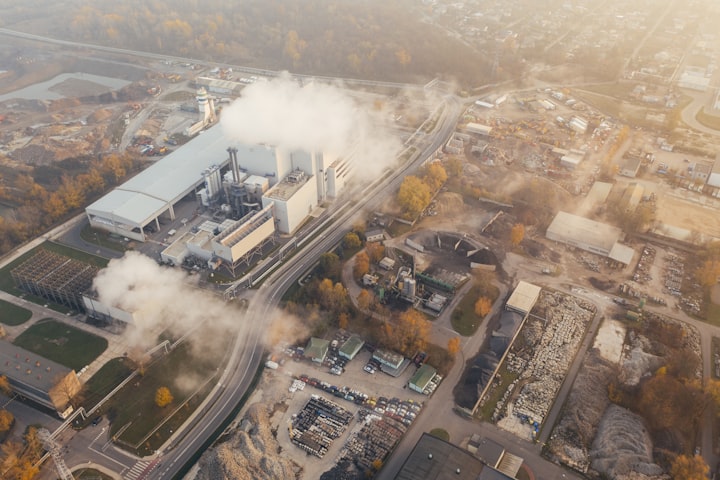What Is Continuous Emission Monitoring & How Does It Work?
In the world that we live in now, we all understand the need for cleaner air

In the world that we live in now, we all understand the need for cleaner air in order to protect the environment and give us something better to breathe in, and industrial settings can be some of the biggest culprits when it comes to releasing emissions into the atmosphere.
It is therefore important to have a monitoring system in place in order to track what pollutants are being produced, and that is where Continuous Emission Monitoring can be an essential tool.
To explain further, CEM Solutions, who specialise in emission monitoring share their expertise in how continuous emission monitoring works.
What is Continuous Emission Monitoring
CEM (Continuous Emission Monitoring) is in place to help protect your business and staff from harmful emissions, it is also in place to help comply with legislation that applies to the majority of manufacturing and industrial businesses.
Continuous Emission Monitoring systems are in place in a variety of sectors where the release of emissions is likely to be at their highest. These systems help to monitor the levels of oxygen, carbon monoxide and carbon dioxide that is contained within the flue gas that is released by industrial processes.
The flue gas itself can take a number of different forms depending on what is contained within it, as it could be sticky, wet or hot. This monitoring helps to prevent dangerous chemicals from being released into the air, as these could play a part in damaging the atmosphere as well as causing some very real harm to the health of humans and wildlife in the area.
By monitoring the emissions, manufacturers can keep people safe and stay within any legal limits. Furthermore, you can store the records of your emissions and this can be reported on as well as provided to authorities if required. This prevents business from providing inaccurate figures and false records to authorities.
If the Continuous Emission Monitoring system were to detect a problem, it is capable of sharing the exact moment that it occurred as well as showing the time at which it was rectified so that detailed and effective logs can be produced and shared with the Environment Agency.
How does Continuous Emission Monitoring work?
A Continuous Emission Monitoring system contains probes which extract small samples of flue gas and dilute them with clean, dry air. This sample is then put through a manifold where the sample can be analysed before it is ejected through exhaust vents.
The system then records the data extracted from the sample ready for reporting. As the name suggests, this is a process that goes on at all times to ensure that any errors are picked up quickly, instead of waiting for random samples to be collected. If a problem is detected, the system can then set up an alert to make sure that action is taken straight away.
There are now strict rules in place in the UK about the levels of pollutants that can be released into the atmosphere by industrial plants, and companies who do not adhere to this can be subject to significant penalties, as well as the responsibility of what they are doing to the environment and the lives of the people around them.
Continuous Emission Monitoring is therefore vital in ensuring that a plant is always within the legal limits, allowing them to rectify issues immediately. By ensuring that every business stays in line with these limits, the quality of air can be vastly improved, helping to work towards net zero targets and improving the quality of life for millions of people.
About the Creator
Mike Lloyd
Mike Lloyd is the Managing Director at CEM Solutions, who offer products and services to cover all aspects of monitoring emissions to air and process control.






Comments
There are no comments for this story
Be the first to respond and start the conversation.